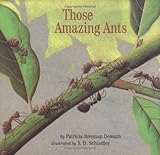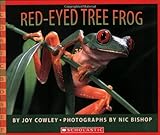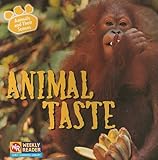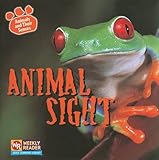The Solution to Reading Comprehension
Lessons & Units
Explicit Information Kindergarten Unit
Lessons
Lesson 1 Identifying Information Identify explicit information in nonfiction.
Unit Extension Ideas
- Have students use sticky notes to identify the places where they find important information in their independent level reading books.
- Repeat the lesson with a fiction book. Discuss how finding explicit information differs in fiction and nonfiction.
- Create a chart of the five senses with the class, depicting how different animals use each sense. (See Additional Activity A in Teacher and Student Materials below.)
- Students can create a flip chart with the information they learn from read aloud sessions. Fold a piece of construction paper in half vertically and then turn it so the fold is at the top. Divide the top layer into four parts and label with animals. Students can draw a picture of each animal on the top layer. On the bottom layer, the children can draw how these animals hear, see, touch, taste, and smell. (See Additional Activity B in Teacher and Student Materials below.)
- Following a read aloud session, have students complete a chart describing what each animal looks like, what it eats, and an interesting fact about it. They can draw pictures or write words to complete the chart. (See Additional Activity C Teacher and Student Materials below.)
More Books for Teaching Explicit Information

Those Amazing Ants
- Lexile
- 650L

Red-Eyed Tree Frog
- Fountas and Pinnell
- O
- Lexile
- 350L

What Do You Do With a Tail Like This?
- Lexile
- 620L
Lesson Plans
- Skill & Strategy Units
- Comprehension Units
- Novel Study Units
- Reading Passages







